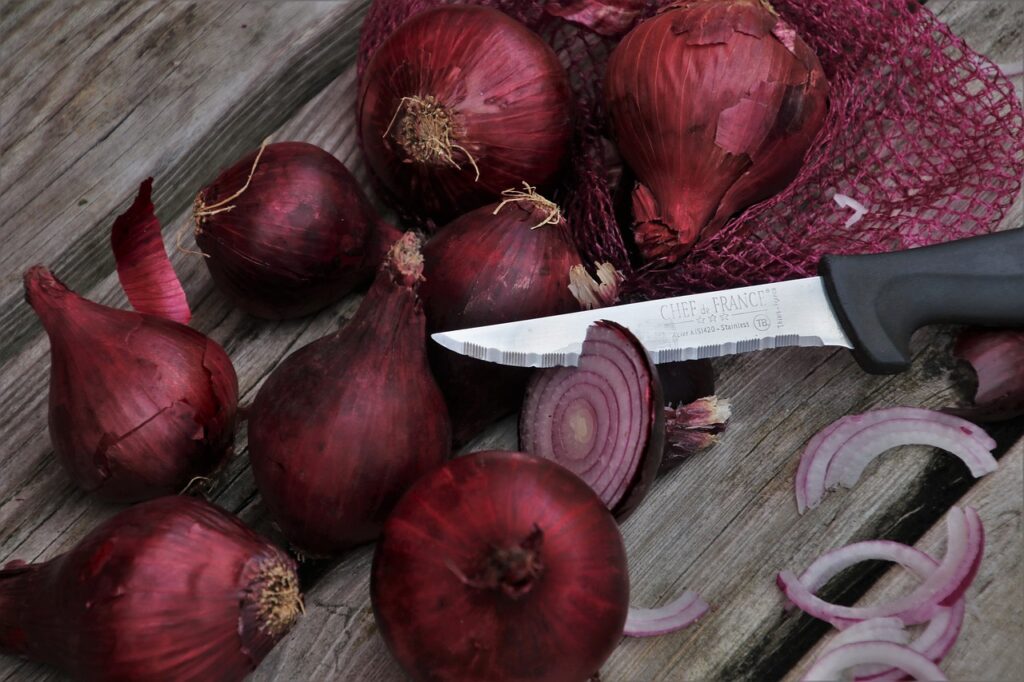Because of its size and shape, the cook’s blade is viewed as a generally useful blade that can deal with various undertakings, from slicing through extreme root vegetables to cutting meat. It’s a touch more versatile for bigger and harder fixings. Gourmet expert’s blades will quite often be heavier, giving more power behind each cut. This weight can be worthwhile while slicing through thicker fixings or bones however may cause weakness after expanded use.
The Santoku is lighter and more adjusted, offering more control and accuracy, particularly for clients with more modest hands or people who favor a lighter blade for complex work. Numerous Santoku blades are planned with a Granton edge, which keeps food from adhering to the cutting edge during cutting. This makes it particularly valuable for cutting dainty vegetables or meats.
It’s great for slashing vegetables, meagerly cutting fish, or dealing with additional sensitive cutting errands. Most culinary experts’ blades don’t include a granton edge (the dimples along the cutting edge that diminish erosion), albeit a few models offer this element.

Picking either a culinary expert’s blade and a Santoku blade boils down to individual inclination, cooking style, and the kinds of errands you much of the time act in the kitchen.
You habitually hack huge amounts of vegetables or slice through thick fixings like root vegetables and meat. You favor a blade with additional weight and equilibrium for hard core errands.
The culinary specialist’s blade is ideally suited for uncompromising undertakings, while the Santoku blade sparkles in exact, fragile cutting.
Totally! As a matter of fact, numerous culinary experts and home cooks decide to have the two blades in their kitchen, as each blade succeeds in various errands.
Utilize your culinary specialist’s blade for hacking, mincing, and bigger things, and change to your Santoku when you want slender cuts or more control for accuracy work.
Regardless of which blade you pick, legitimate consideration is crucial for keeping your blades sharp and in great shape. The following are a couple of ways to keep up with both gourmet expert’s blades and Santoku blades:
The two kinds of blades need customary honing to keep up with their edge. You can utilize a whetstone, electric sharpener, or have them expertly honed. Utilize a sharpening steel consistently to keep the edge straight and adjusted between honing meetings.
Consistently hand-wash your blades with warm lathery water and dry them right away. Try not to place them in that frame of mind, as this can dull the edge and harm the handle. Store your blades in a blade block, on an attractive strip, or with cutting edge gatekeepers to forestall harm.
